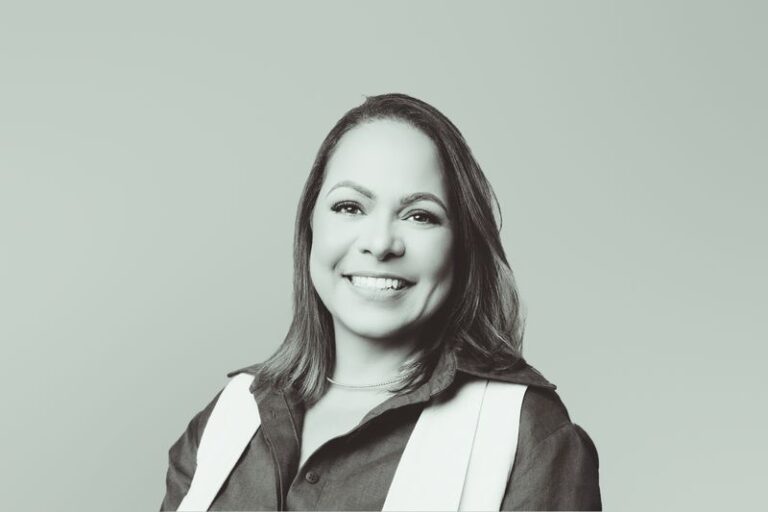Financing succession in the family business

A previous article discussed valuing and pricing a family business in a succession scenario. The next stage is to finance the agreed price. To pay the price, successors are likely to consider (1) cash realised from their own resources, (2) a loan from the outgoing family owner, (3) bank debt and (4) debt from other sources that will provide debt that is junior to the bank loan and other equity sources. All this assumes shares in the business are not traded on a market.
The financing task is challenging, although probably less so than starting up a business in a world of high equity requirements imposed by lenders or institutional co-investors. Even if it is made easier by the equity being gifted to the successor, this gifting may be done in stages over years presenting some debt financing challenges to the successor with their expansion or investment plans. Making the deal viable will require sometimes revisiting the proposed price if financing cannot be raised to match that price. It may be the price can be met, but more time will be needed for it to be paid. The terms of debt financing might cause the price to be reviewed for the best interests of the business and thus the family in general. The sale may be staggered so shares are transferred in multiple blocks in an affordable manner.
The seller and lender (and sometimes a co-investor) are likely to expect the incoming family owner to put their own money at risk by committing their own resources as part of the sum payable for the business. This will show their commitment to the business. This commitment level can be reduced by the outgoing family member selling their equity to the buyer in smaller equity parcels over time, so the process is more affordable whilst the lender sees family commitment to the business. This takes planning and does avoid the hurdle of a high buyer equity requirement that is prevalent more widely in business hindering the talented, but asset poor, individual.
Alternatively, an equity stake could be taken by a third party like a venture capitalist fund or private equity house, but that is likely to come at high financial cost with many contractual requirements plus some equity contribution from the family successor. Such outside investors are likely to look for shorter term returns, probably through scaling the business and will not have such respect for the sentimental ownership of the business as the family has. The third party could also be a group of non-family managers or employees who may be more aligned to the vision of the family for the business. Each of these types comes with particular financing characteristics and business expectations that must be judged in the context of the succession scenario.
A vendor loan is a straightforward way to transfer family business ownership whilst compensating the retiring family member. It can cover up to all the sale price and allow payment by instalments over a period agreed by the parties that is long enough from the successor’s side but concise enough for the retiree who will wish to sort out their finances for the future. The loan may be secured on business property and assets for the additional comfort of the seller.
The vendor loan option can also be used as a junior loan. This is a loan that is junior to a bank loan. In this context, the vendor loan will be smaller as a cheaper and larger bank loan may finance most of the purchase price. This may be suitable where bank debt would be cheaper than a vendor loan covering the full purchase price, yet the vendor loan is cheaper than other junior debt options available.
Bank debt is likely to come from a relatively large institution with rigid due diligence processes and policies, and with inflexible approaches to transactions. The lending will be done on their terms as a matter of bargaining power and the fact they are lending on the back of people’s money deposited with them. The free cash flow of the business will be important to the lender to demonstrate the viability of the repayment of the loan. To be prudent, it will assess the free cash flow very conservatively to ensure the debt repayment capability of the business. The result of the bank’s due diligence is likely to be a loan offer for a figure that is something like up to two or three times the EBITDA figure of the business. The loan will have various covenants that, if breached, will bring the close attention of the bank to the finances and operations of the business. The borrower may be subject to a penalty charge if repaid early. The bank will take first charge security on the business property and assets. The proportion of the loan that can be covered by realisation of cash from the property and assets will impact the interest rate of the loan. There may even be personal guarantees required.
Junior debt is sometimes called subordinated or mezzanine debt. It will sit behind the senior, bank debt in priority of being serviced and paid off. With this higher risk goes higher reward for the lender in terms of a high interest rate on the junior debt. A healthy business free cashflow will be needed to finance both the senior and junior tiers of debt. The bank as senior lender will impose an intercreditor agreement on the lenders which ensures all the lender rights of the bank are prioritised with a cascading pecking order amongst junior lenders if there is more than one of them.
Some loans, often junior ones, may have a loan to equity conversion feature that becomes operative if the borrower cannot service the loan. This could be used in vendor loans to give the retiring family member greater equity if the business expresses its problems through being unable to service a vendor loan. The nature of the junior lender is important to consider as they may end up a shareholder or larger shareholder in times of financial difficulty for the business.
Lenders in general will look for an interest coverage ratio of more than twice the long term EBITDA. They will also check that the combined stack of debt is not above a certain multiple of long term EBITDA. This level will vary from sector to sector and over the economic cycle.
The larger the business, the more likely it is that the sale price for the business is funded from a number of sources and perhaps involves a number of stages. This may include an earn out process with the price being flexible to reflect business growth or profit levels. Again, careful analysis of the free cash flow will be a foundation for this.
Good working relations and trust between the family success and retiree often ensures the various issues highlighted are manageable. My colleagues and I at Nexa are able to assist retirees, successors and families in general with upcoming transactions in family business ownership through our expertise in employment law, corporate law, tax law and finance law. Make contact to let us assist you with your family business transition.
For more information please contact Henry Clarke using henry.clarke@nexa.law







